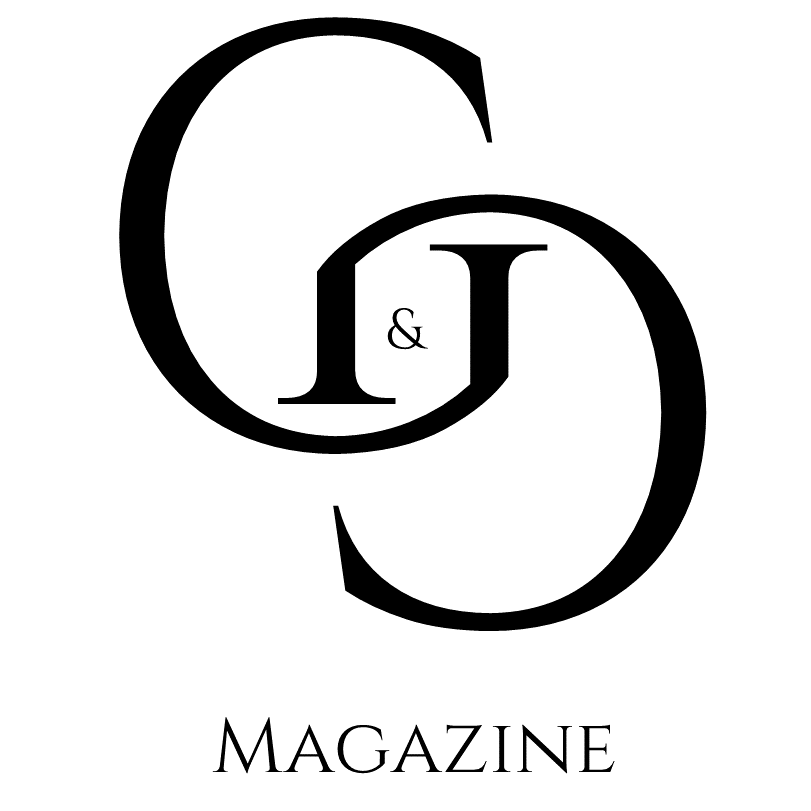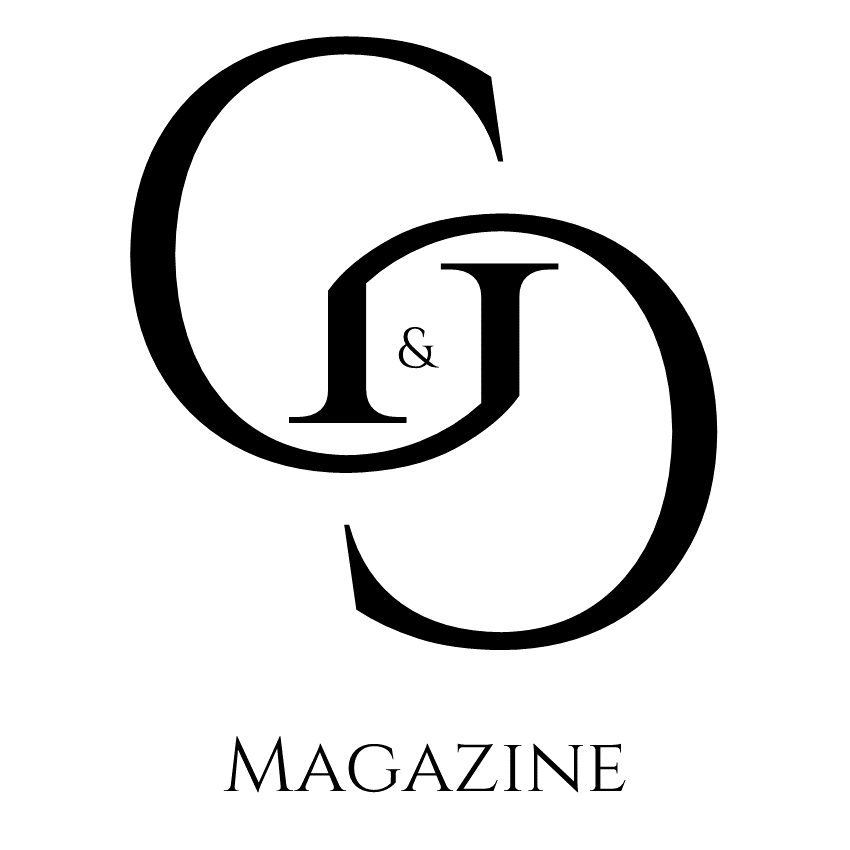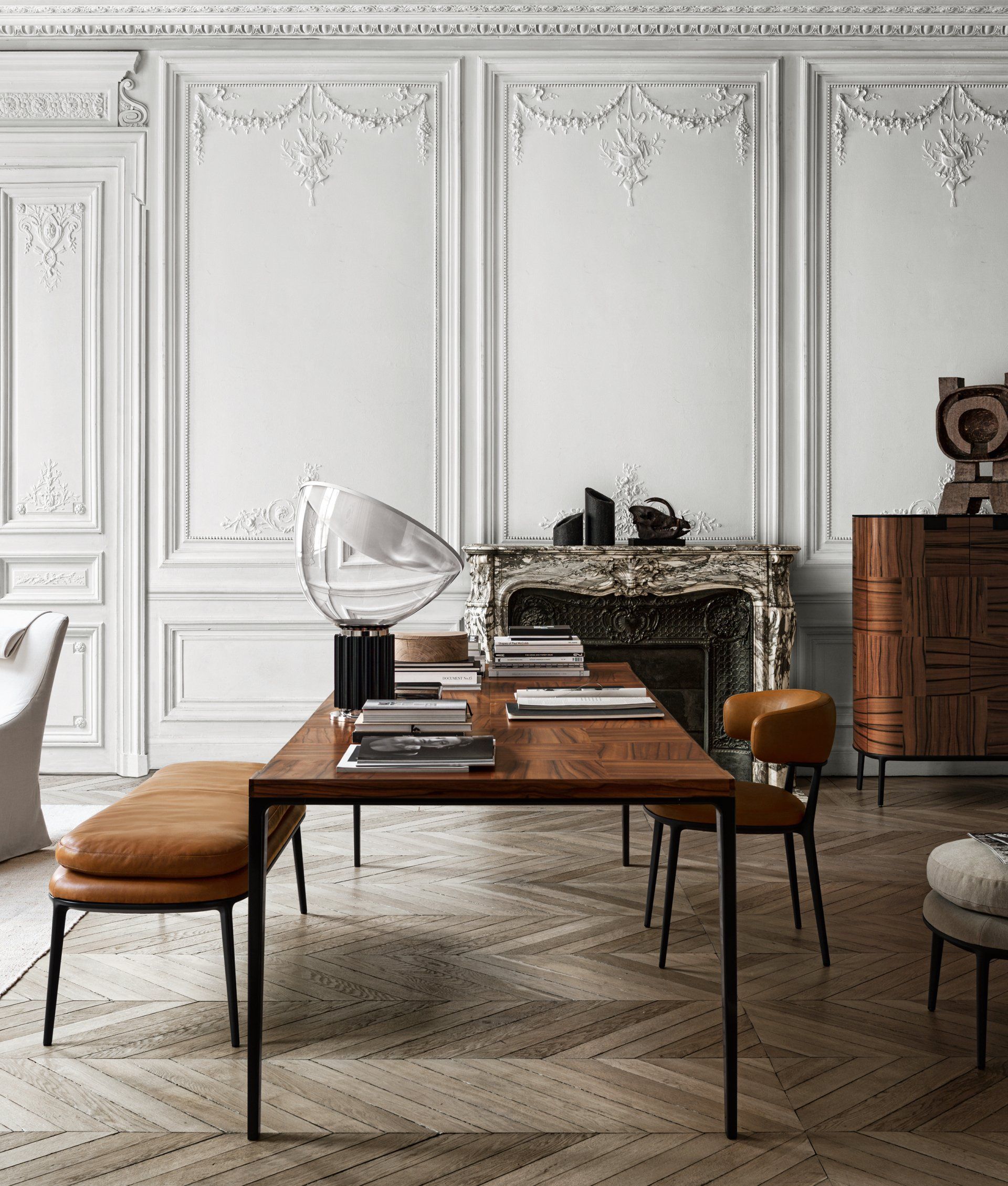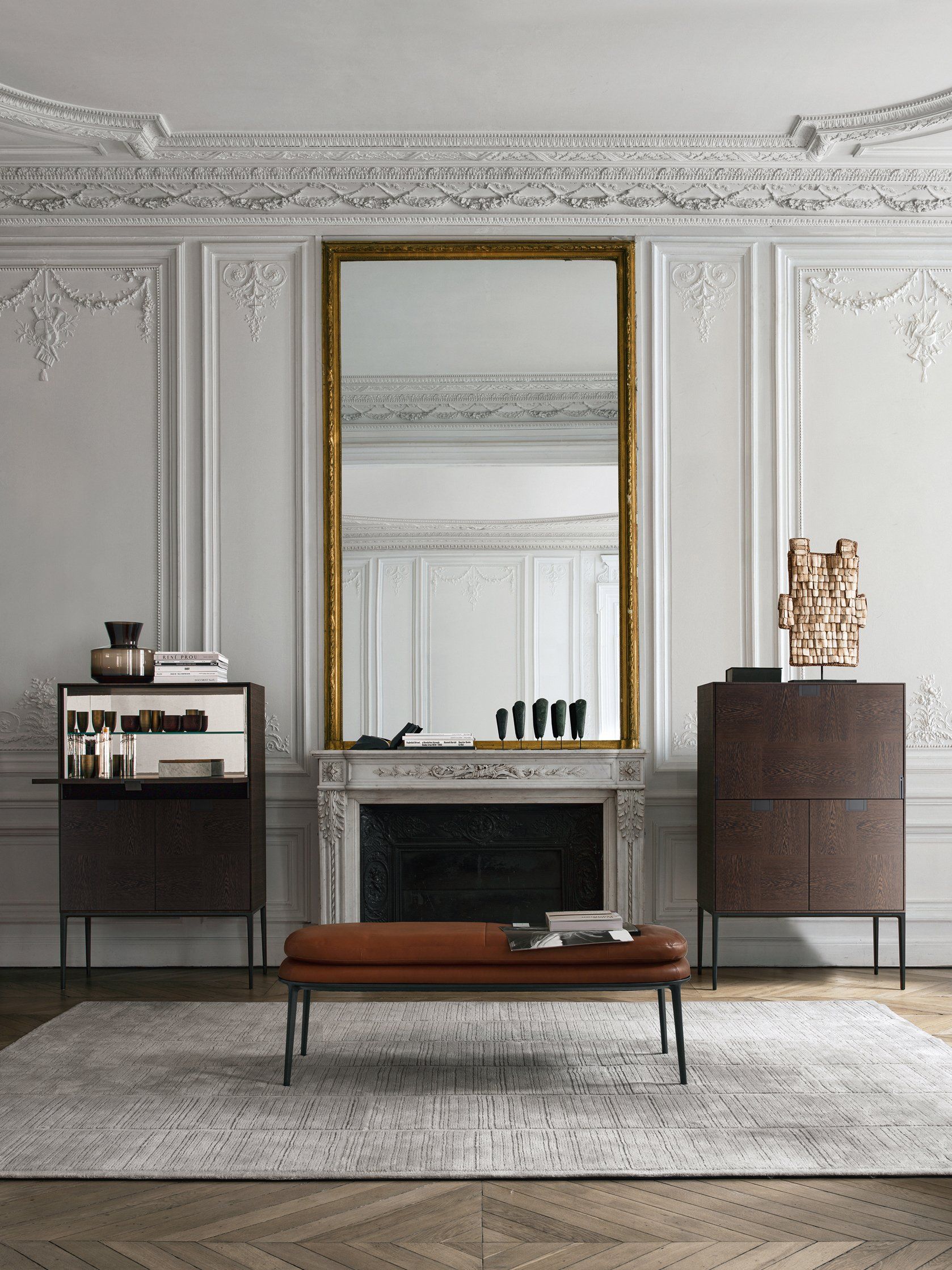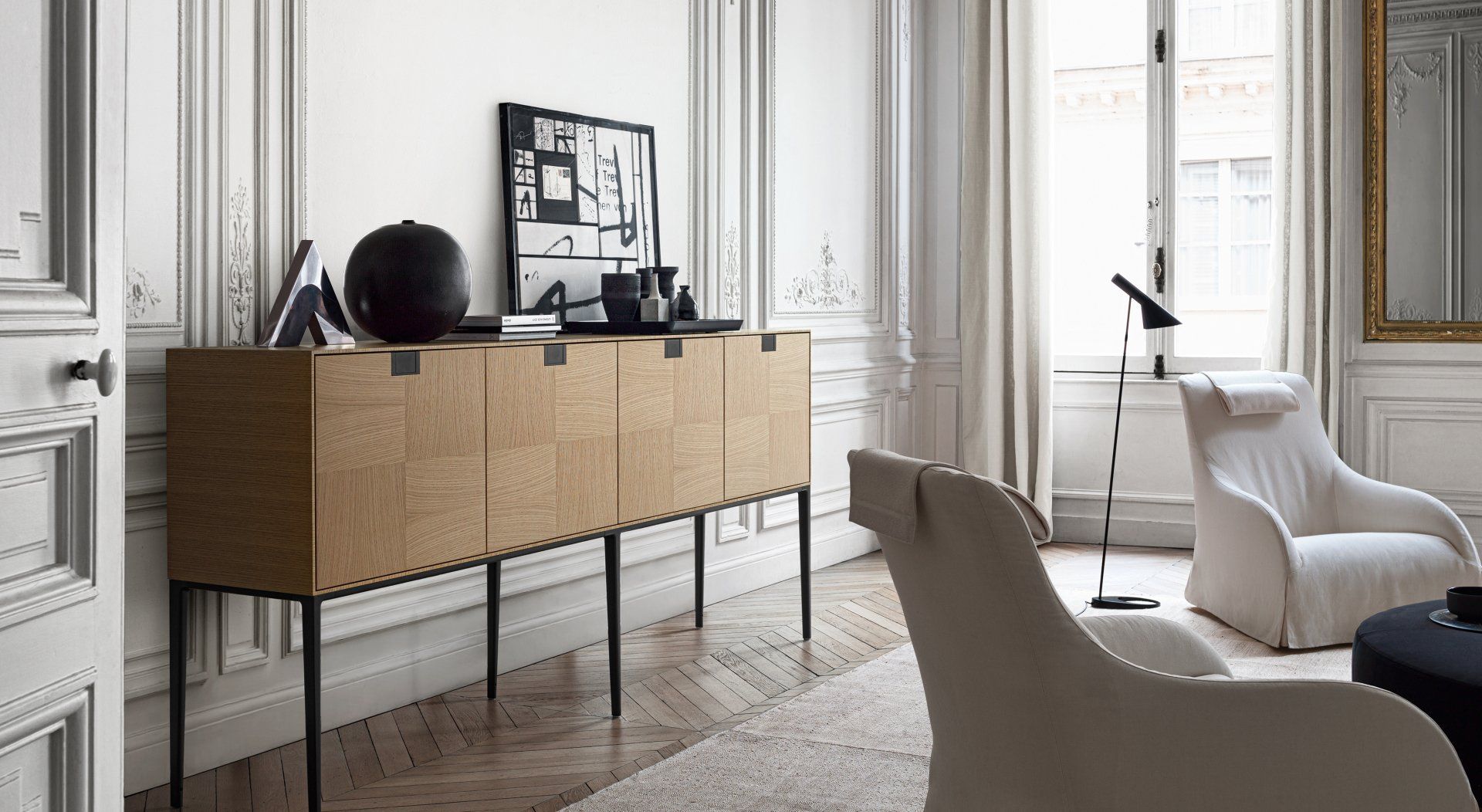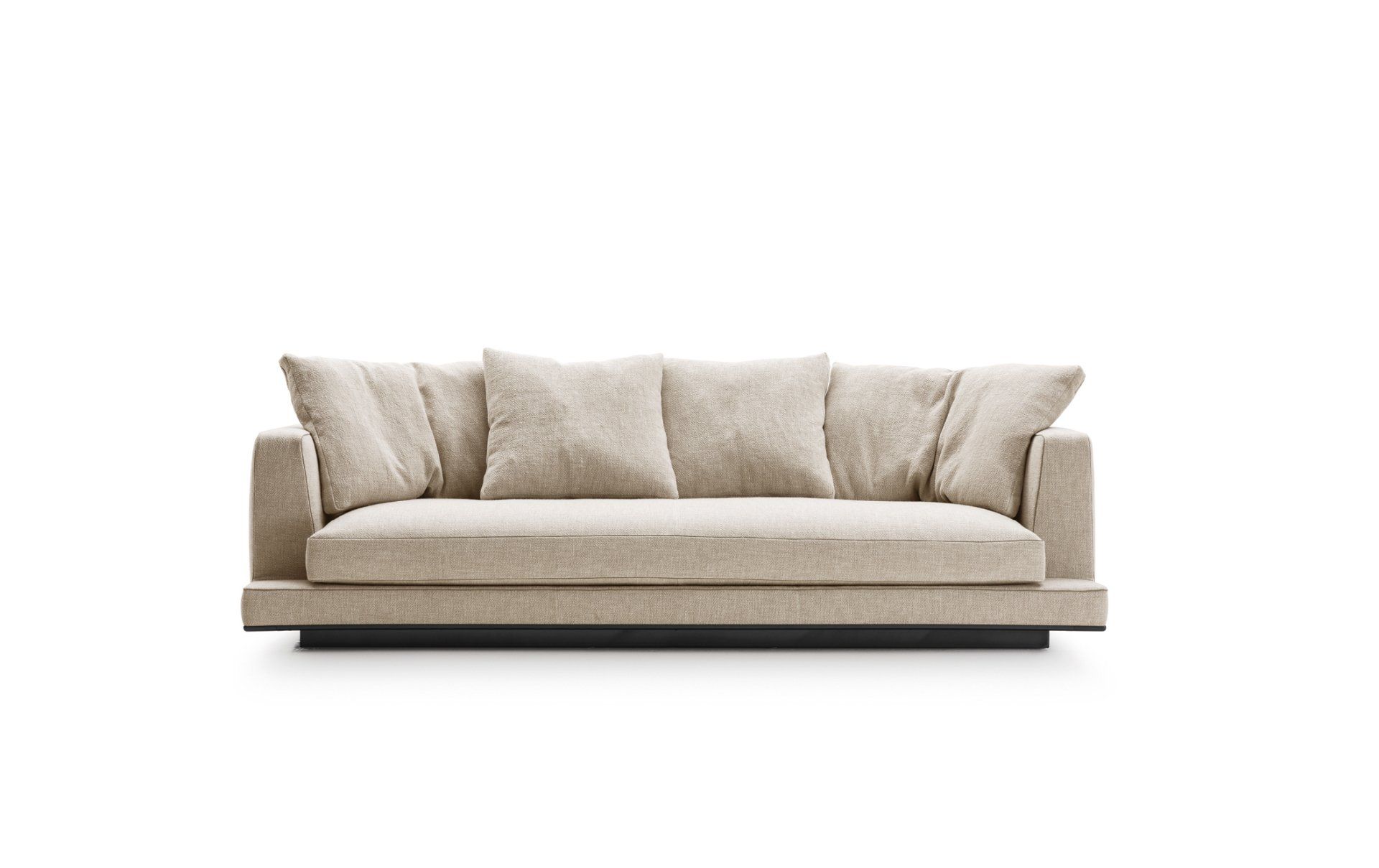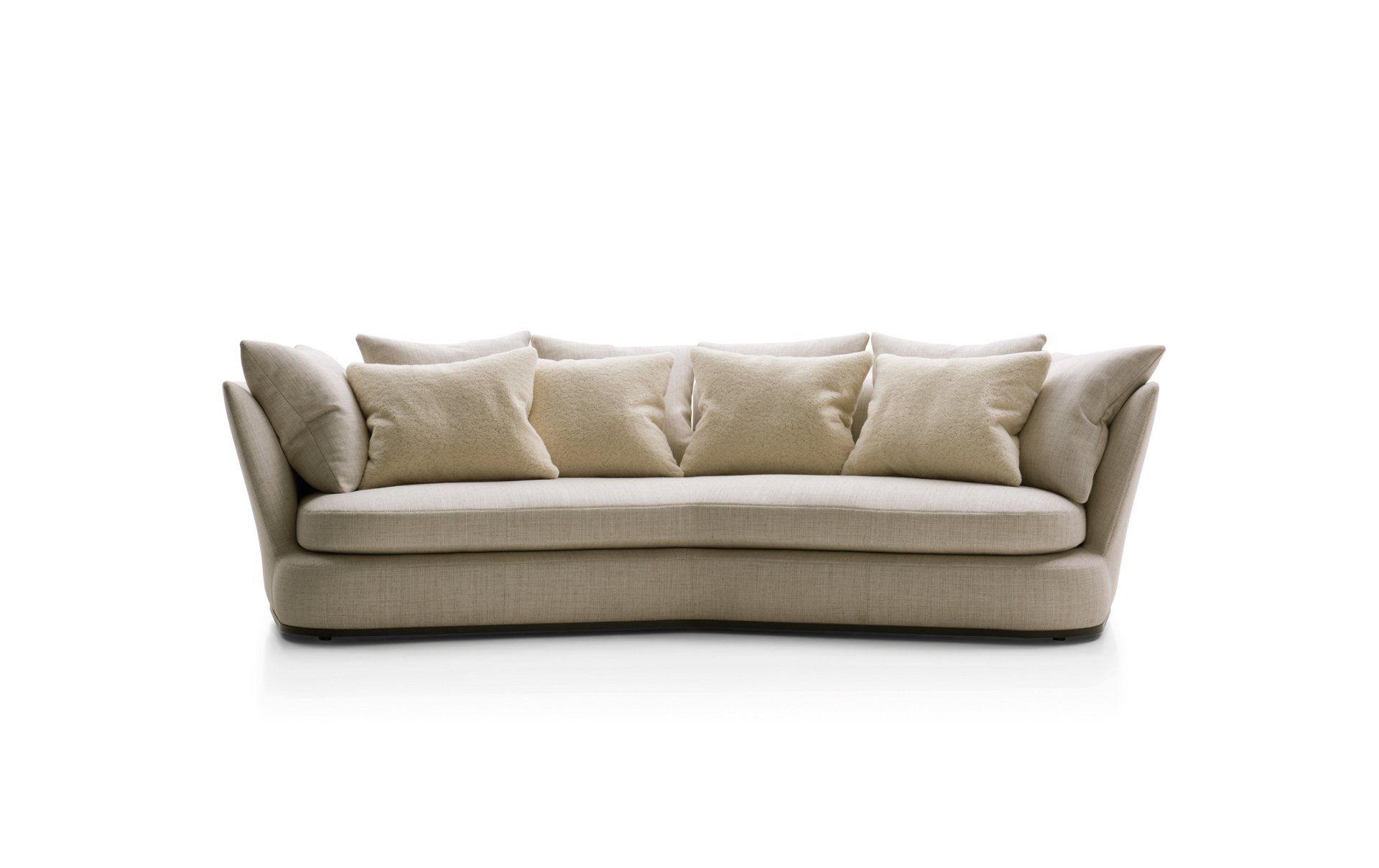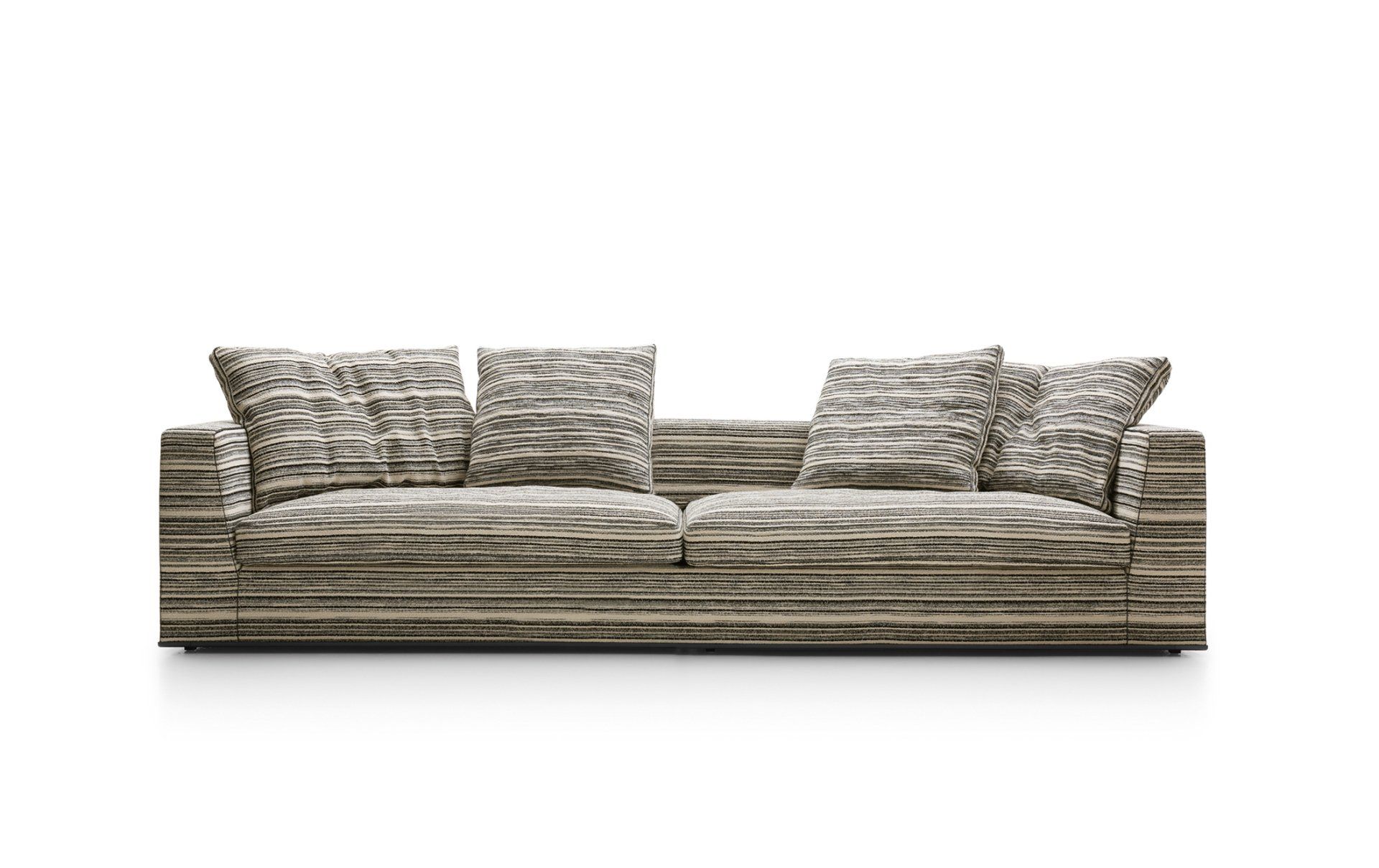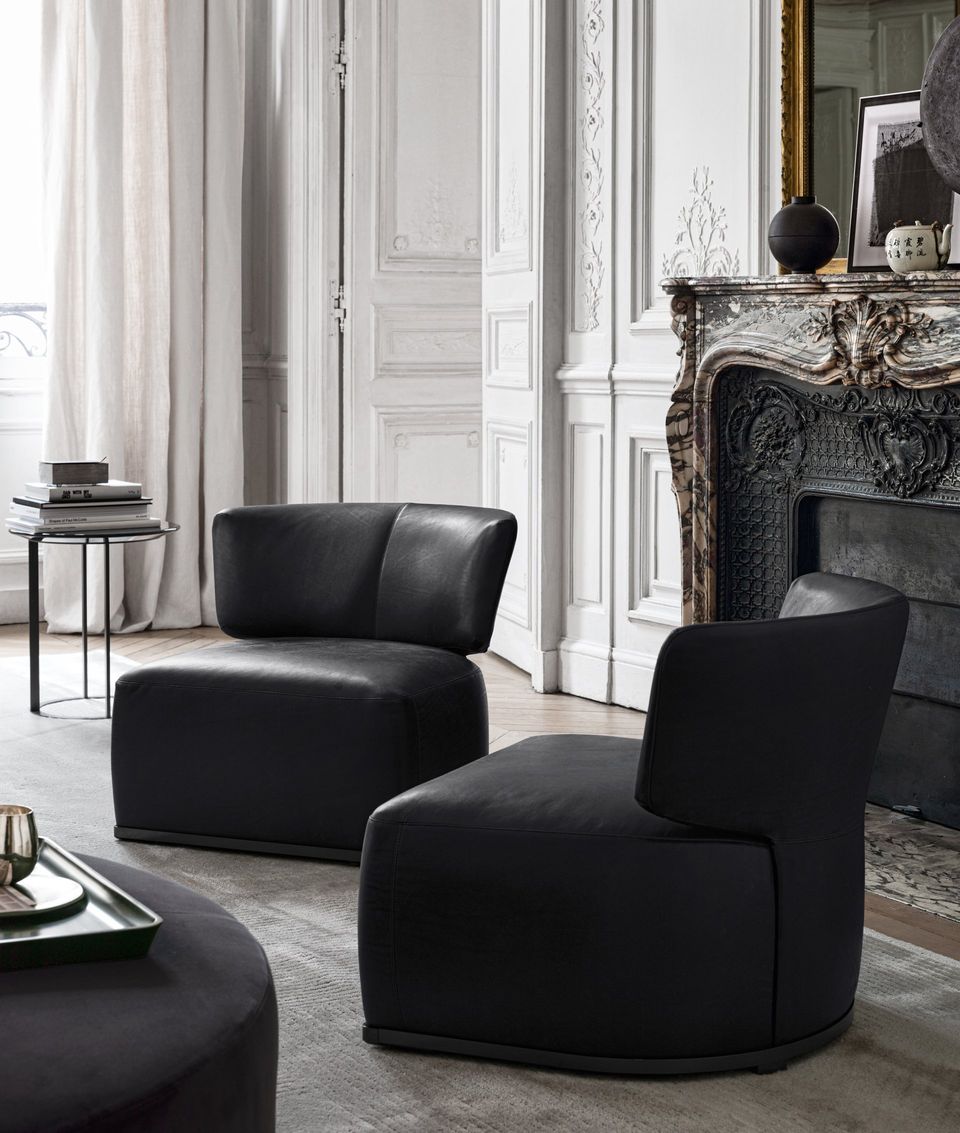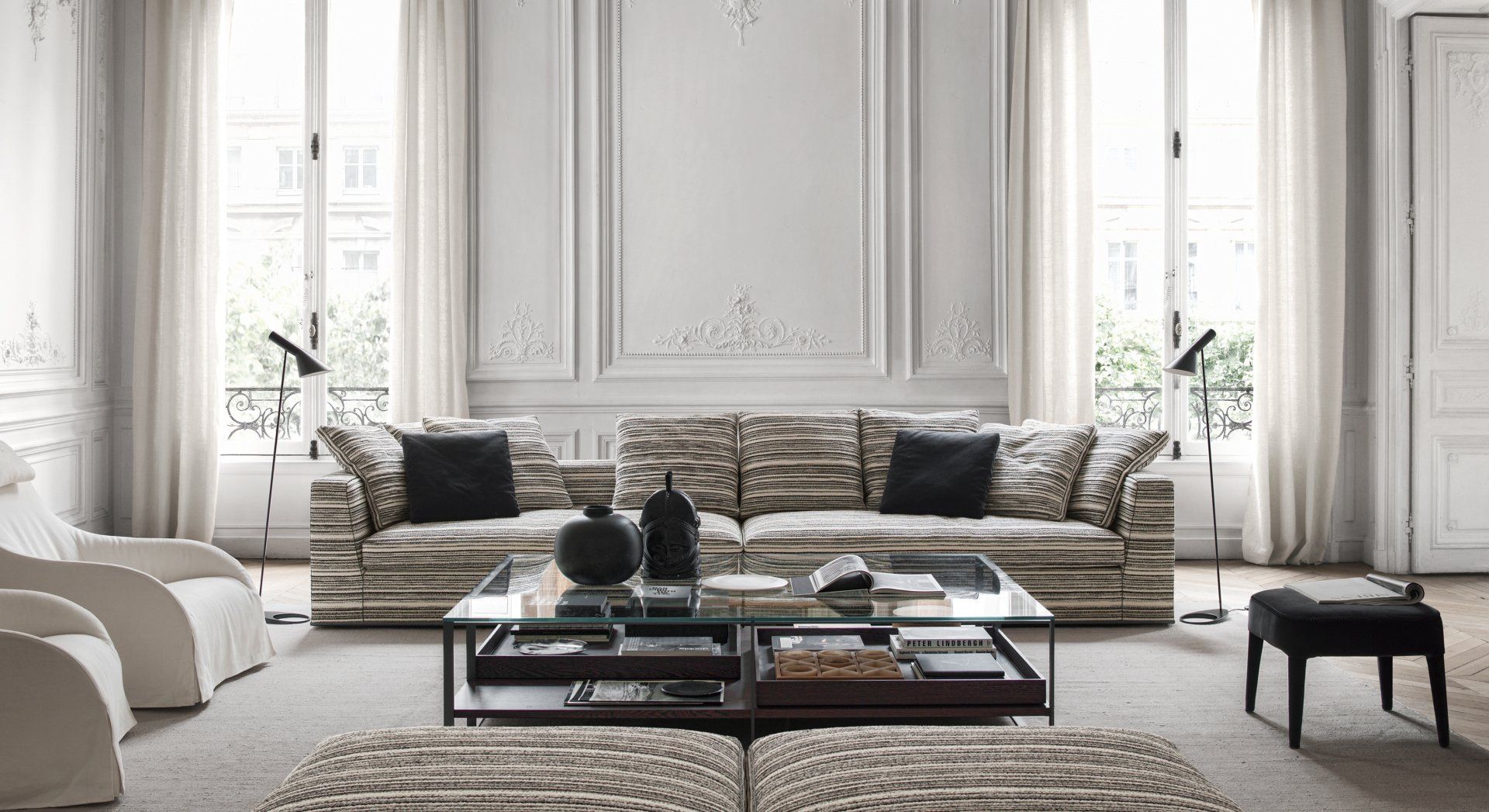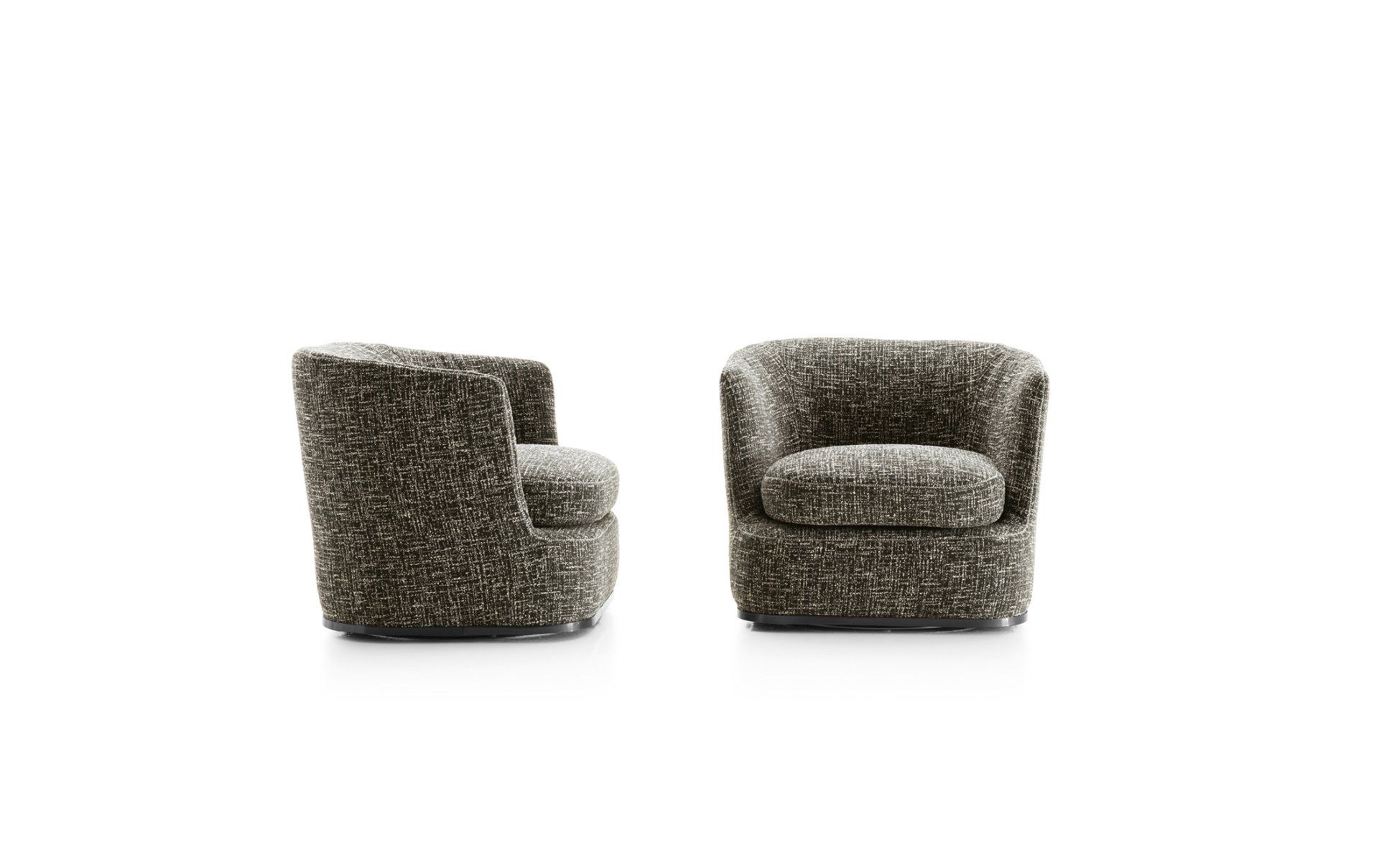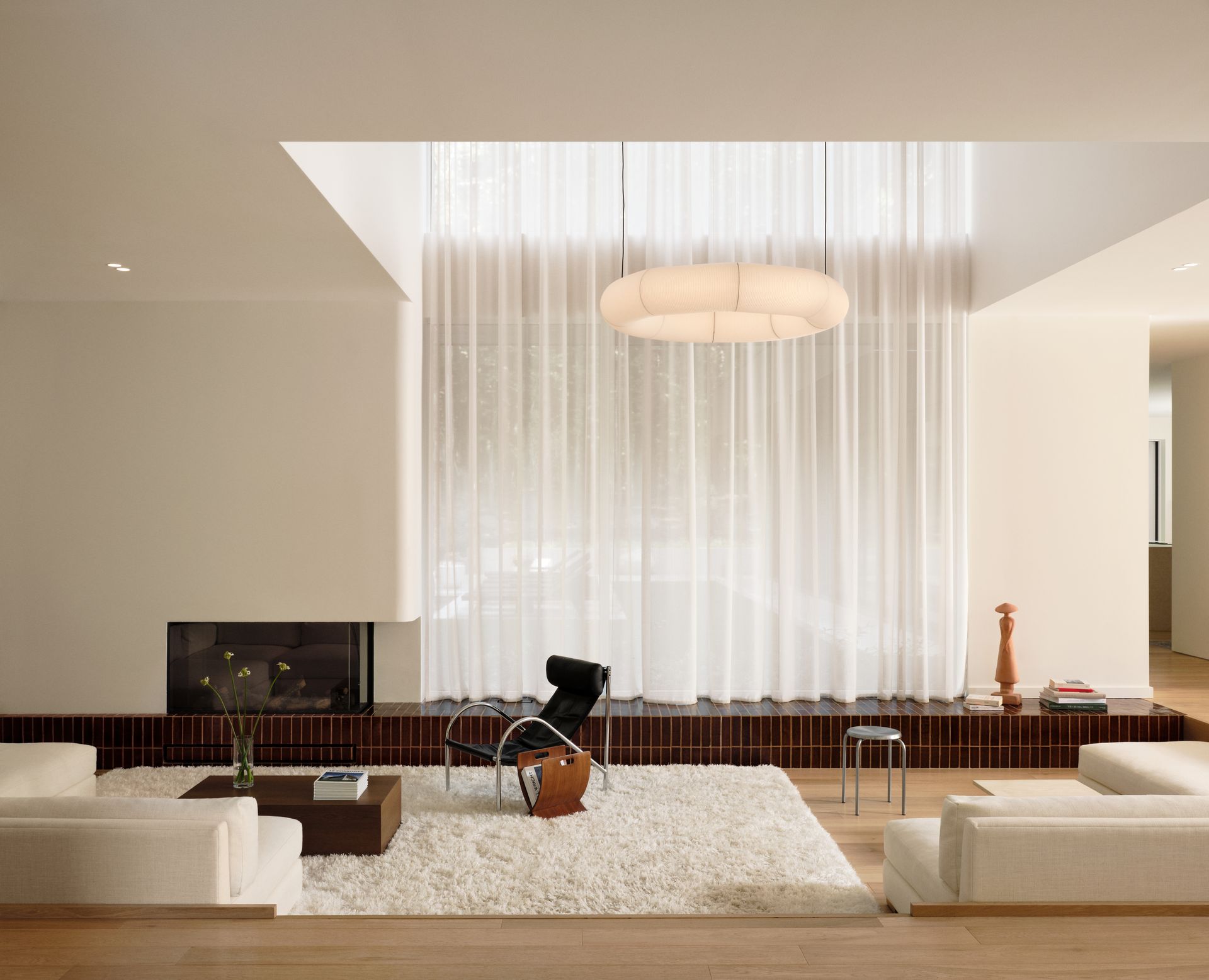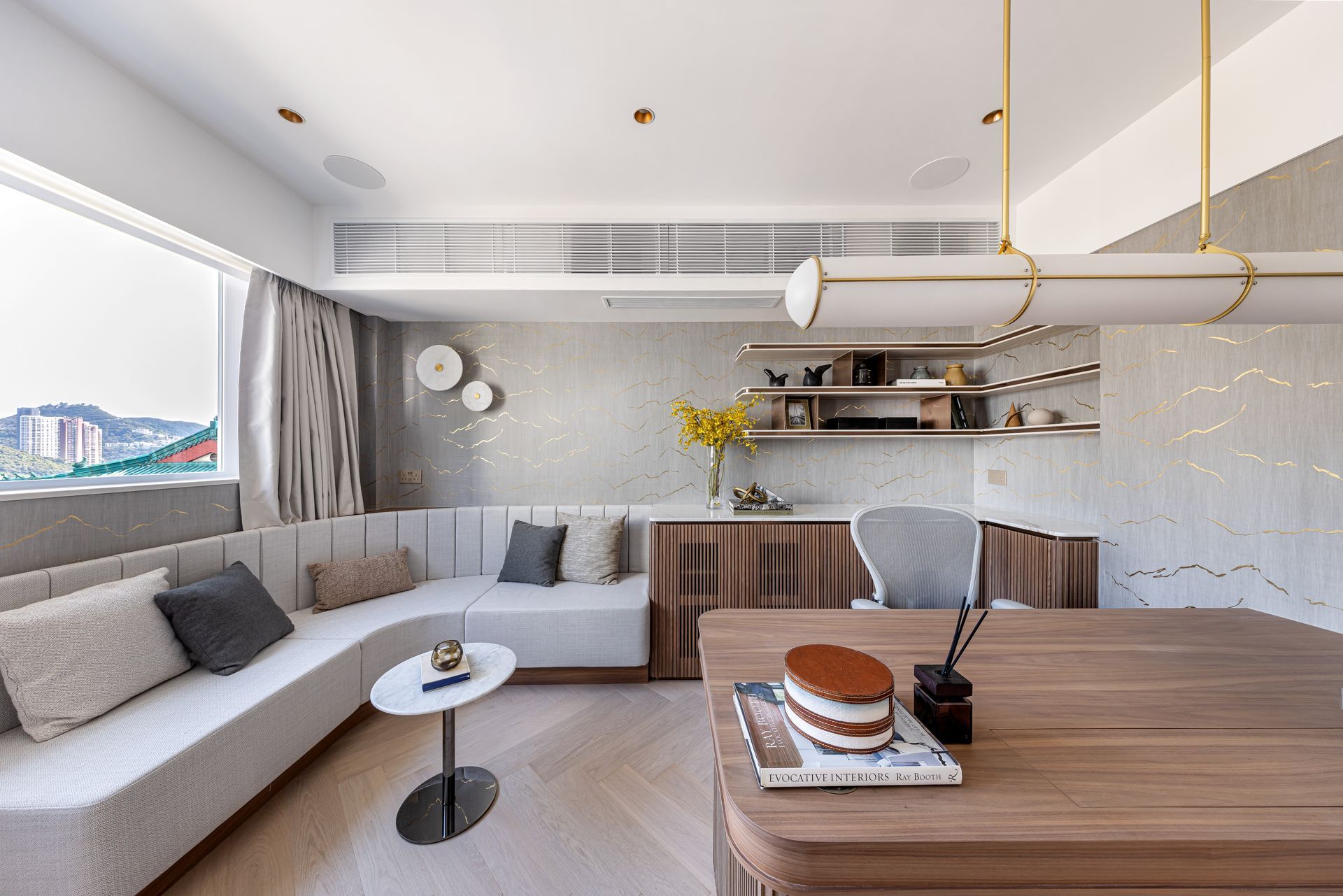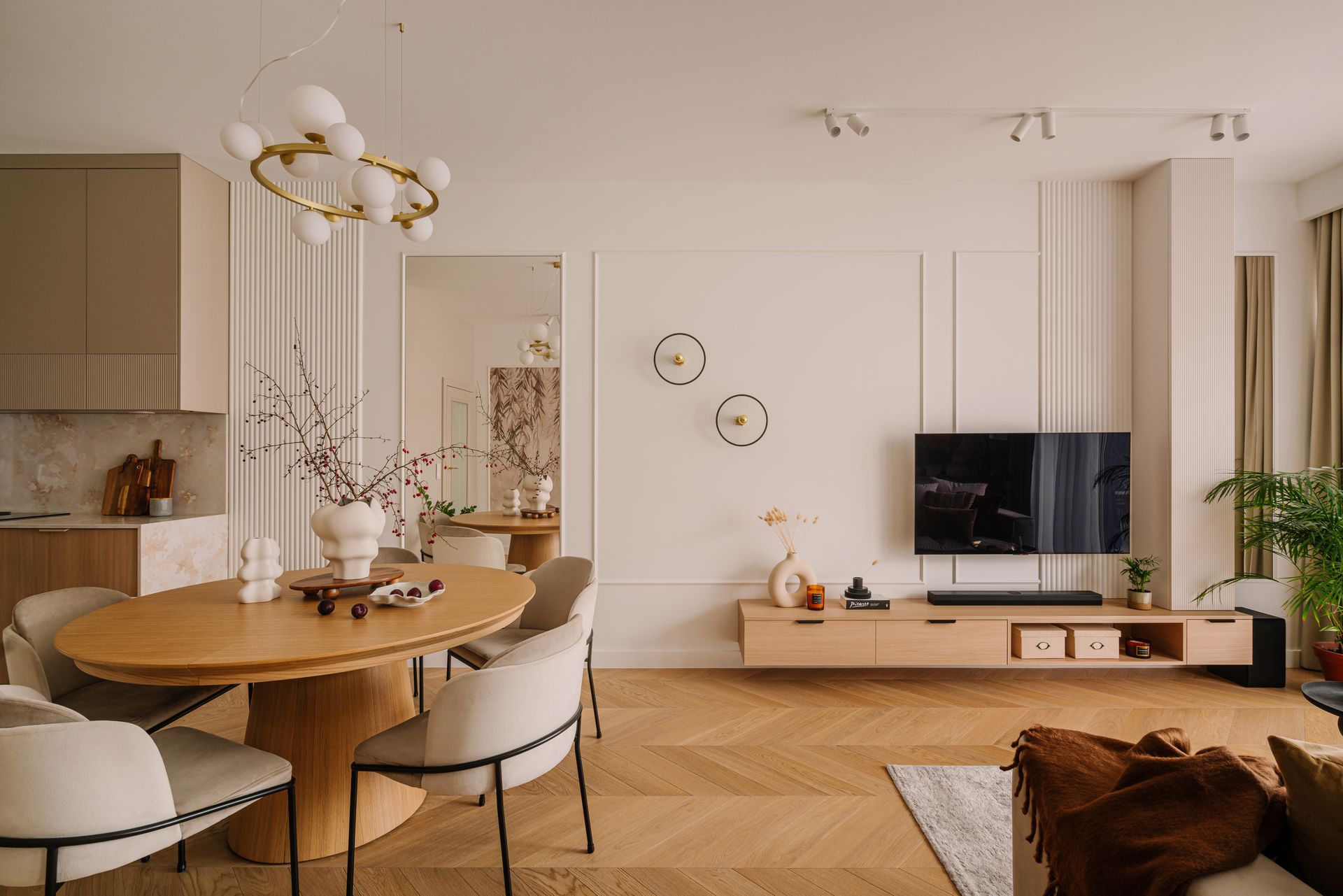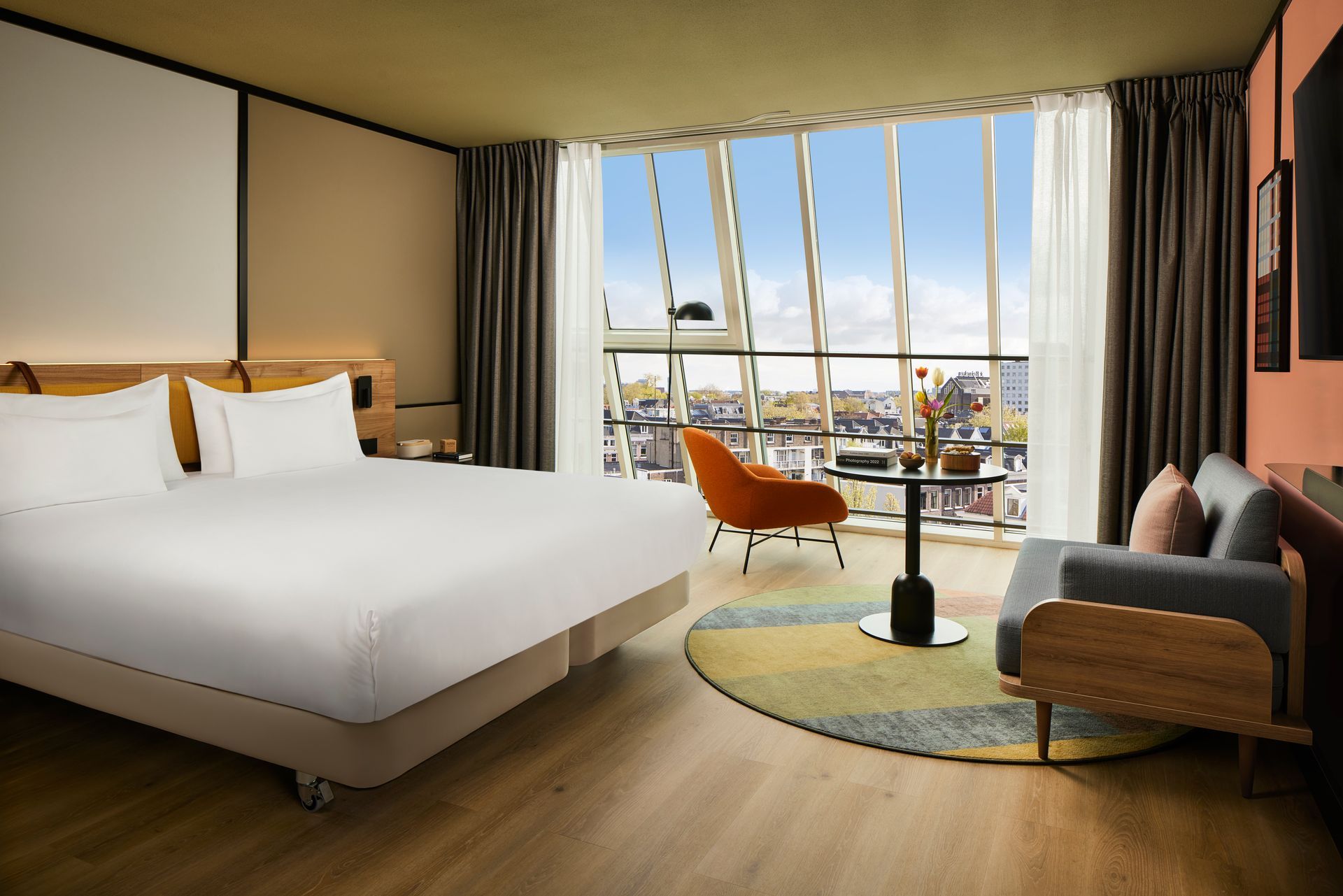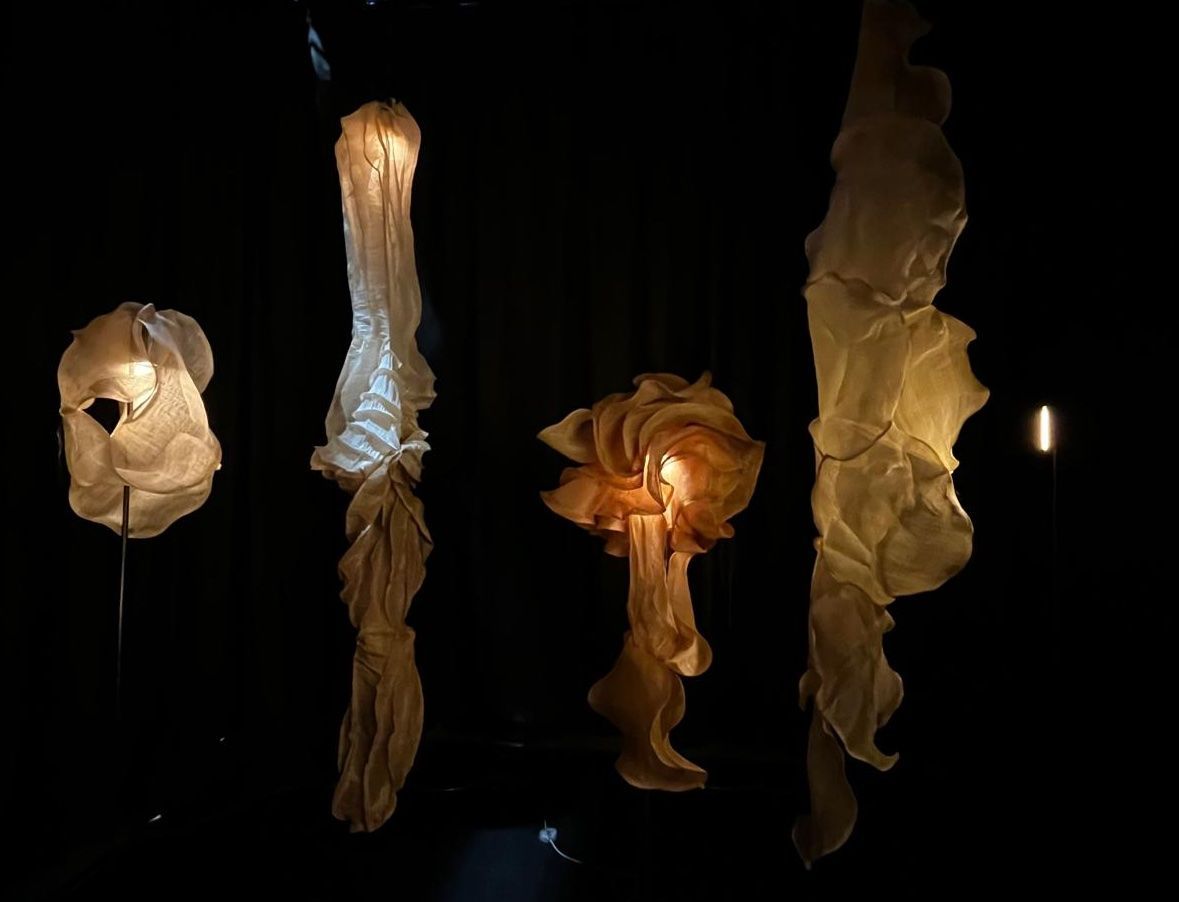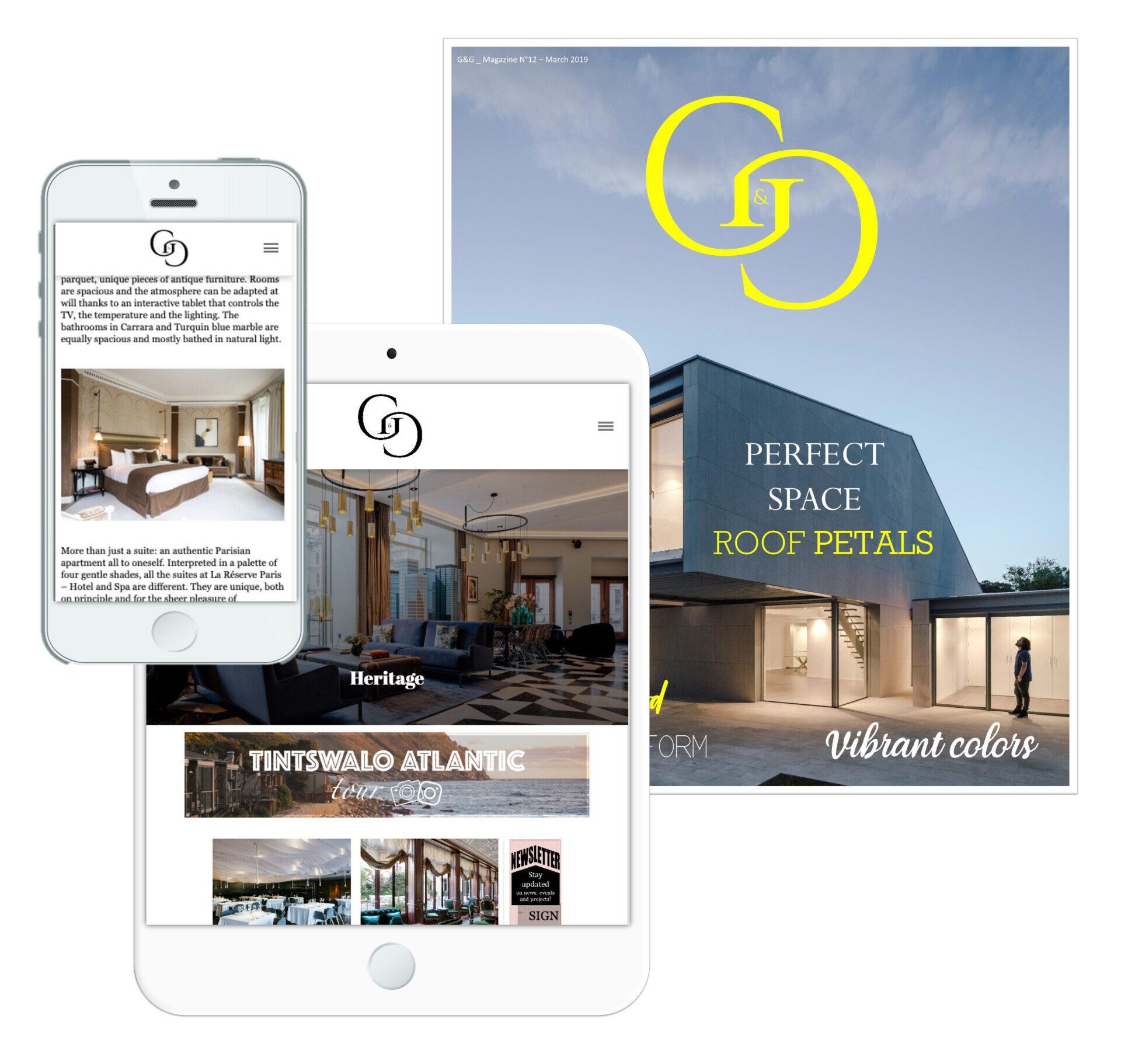Timeless Future
March 24, 2020
Antonio Citterio designed a new collection for Maxalto "Heritage Perspectives", for which a large showroom in Paris was dedicated.
Modern Neo-Classics of Interior Design
For Citterio, to formulate a new collection that treasures classic interior atmospheres while inventing new ones means rethinking the very nature of our models of living, every single time. He re-designed the modern tradition, reinvented through very refined craftsmanship – with his work the Maxalto furniture has reached the point of embodying a catalogue of modern neo-classics. Modern because it is ideally linked to the visions of the most libertarian masters like Jean-Michel Frank, with respect to the excessive rigor of Le Corbusier or Mies van der Rohe. Neo-classics, because their forms and finishes are filtered by the contemporary perspective of an Italian architect. The cultural roots are important, and the humanistic orientation of the designer is essential to approach the various scales with the same artful intelligence.
For Citterio, to formulate a new collection that treasures classic interior atmospheres while inventing new ones means rethinking the very nature of our models of living, every single time. He re-designed the modern tradition, reinvented through very refined craftsmanship – with his work the Maxalto furniture has reached the point of embodying a catalogue of modern neo-classics. Modern because it is ideally linked to the visions of the most libertarian masters like Jean-Michel Frank, with respect to the excessive rigor of Le Corbusier or Mies van der Rohe. Neo-classics, because their forms and finishes are filtered by the contemporary perspective of an Italian architect. The cultural roots are important, and the humanistic orientation of the designer is essential to approach the various scales with the same artful intelligence.
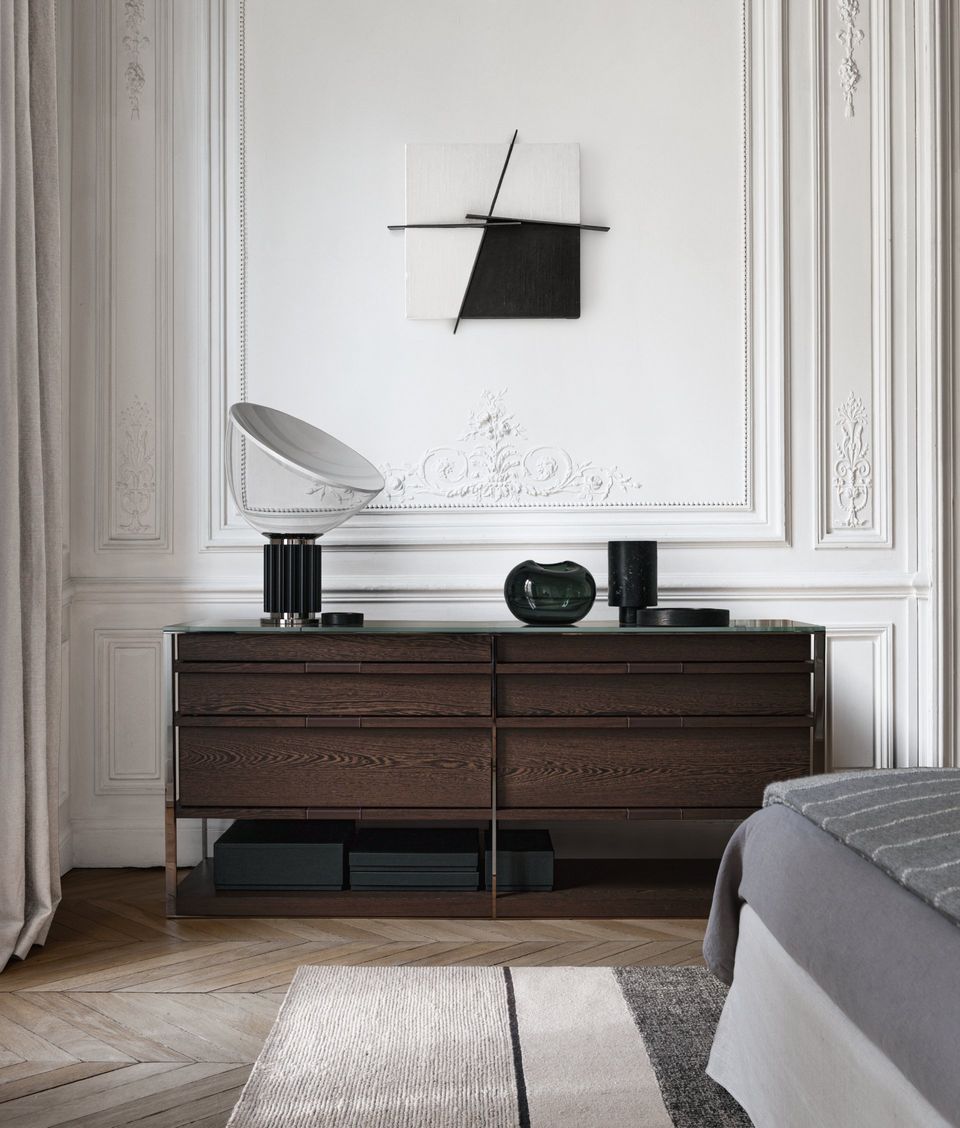
The home and its traditional spaces – living rooms, dining rooms, bedrooms – return to their status as a nucleus of social interaction, with some big difference. In those same spaces, also thanks to an exceptional acceleration of technology, it is now possible to have both personal and electronic communication: to have a dialogue over great distances, to interact with sophisticated devices, or simply to rediscover the dimension of play, enjoyment, conversation. In this domestic scenario that is undoubtedly more complex than in the past, Maxalto’s idea of a classic modernism (or a modern classicism) conserves its value in the existing models; but the new products for 2020 designed by Citterio, like the entire corporate system that lies behind and around them, organically evolve to the point of revealing a project of interior culture updated to adapt to the changes in our lifestyles.
Types and materials, research and production
The rooms of the home may return to their traditional functions, but this does not rule out – and even stimulates – the challenge to update other types, forms and details of objects and furnishings, which together create the domestic identity. Having begun precisely with the pursuit of new forms for the creations of cabinetmaking in the great Italian tradition, over the years the production of Maxalto has shaped its identity with the perfection of fine materials: they include the use of wood, in varieties such as Wengè, which Citterio was one of the first to widely explore. Together with modern classic forms inspired by Art Deco elegance, this approach has set many of the furnishings of Maxalto apart over the long term. Nevertheless, even the most successful materials need to be taken towards new possibilities. So for the Alcor series of cabinets and tables, the latest collection reprises the use of Chilean Tineo wood, with a damier motif. There are more metal structures to support the tables and cabinets, in cast aluminium treated with finishes that make it resemble burnished bronze.
The rooms of the home may return to their traditional functions, but this does not rule out – and even stimulates – the challenge to update other types, forms and details of objects and furnishings, which together create the domestic identity. Having begun precisely with the pursuit of new forms for the creations of cabinetmaking in the great Italian tradition, over the years the production of Maxalto has shaped its identity with the perfection of fine materials: they include the use of wood, in varieties such as Wengè, which Citterio was one of the first to widely explore. Together with modern classic forms inspired by Art Deco elegance, this approach has set many of the furnishings of Maxalto apart over the long term. Nevertheless, even the most successful materials need to be taken towards new possibilities. So for the Alcor series of cabinets and tables, the latest collection reprises the use of Chilean Tineo wood, with a damier motif. There are more metal structures to support the tables and cabinets, in cast aluminium treated with finishes that make it resemble burnished bronze.
Great attention to detail has also gone into the forms and coverings of the new Apollo, Aurae, Amoenus Soft
and Otium Soft sofa series: particular stitching stands out on the more palpably structured textiles at times with a geometric pattern, and on the leather coverings, with a different version for almost every model. The painstaking workmanship, however, does not preclude application of the industrial know-how of B&B Italia, visible for example in certain structures that suggest those of the Caratos seating: series already in production that nevertheless fit perfectly into the latest collection. The objective of a unified catalogue seems to have been pursued and achieved, and the idea of a grand Maxalto home made of many “communicating rooms” is again materialized.
www.citterio-viel.com/design
www.bebitalia.com/en/maxalto
SHARE THIS
Subscribe
Keep up to date with the latest trends!
Contribute
G&G _ Magazine is always looking for the creative talents of stylists, designers, photographers and writers from around the globe.
Find us on
Home Projects
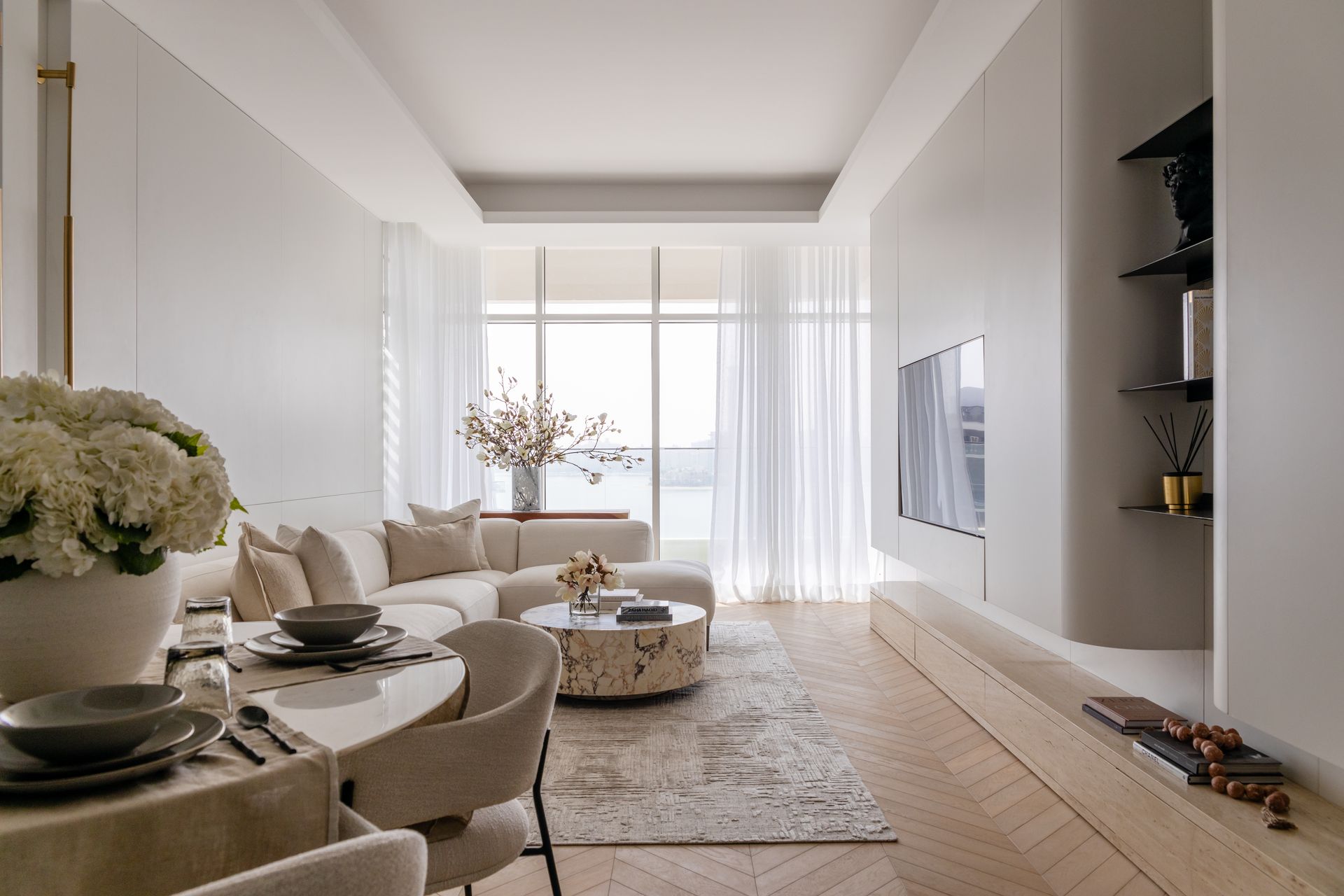
LEI Interior Design has been recognized with the Best Luxury Apartment Interior Design award for Mina Azizi , Palm Jumeirah, in Dubai, UAE. This impressive honor from Luxury Lifestyle Awards reflects a thoughtful and design-led renovation that redefines what modern beachfront living can look and feel like.
Popular Posts
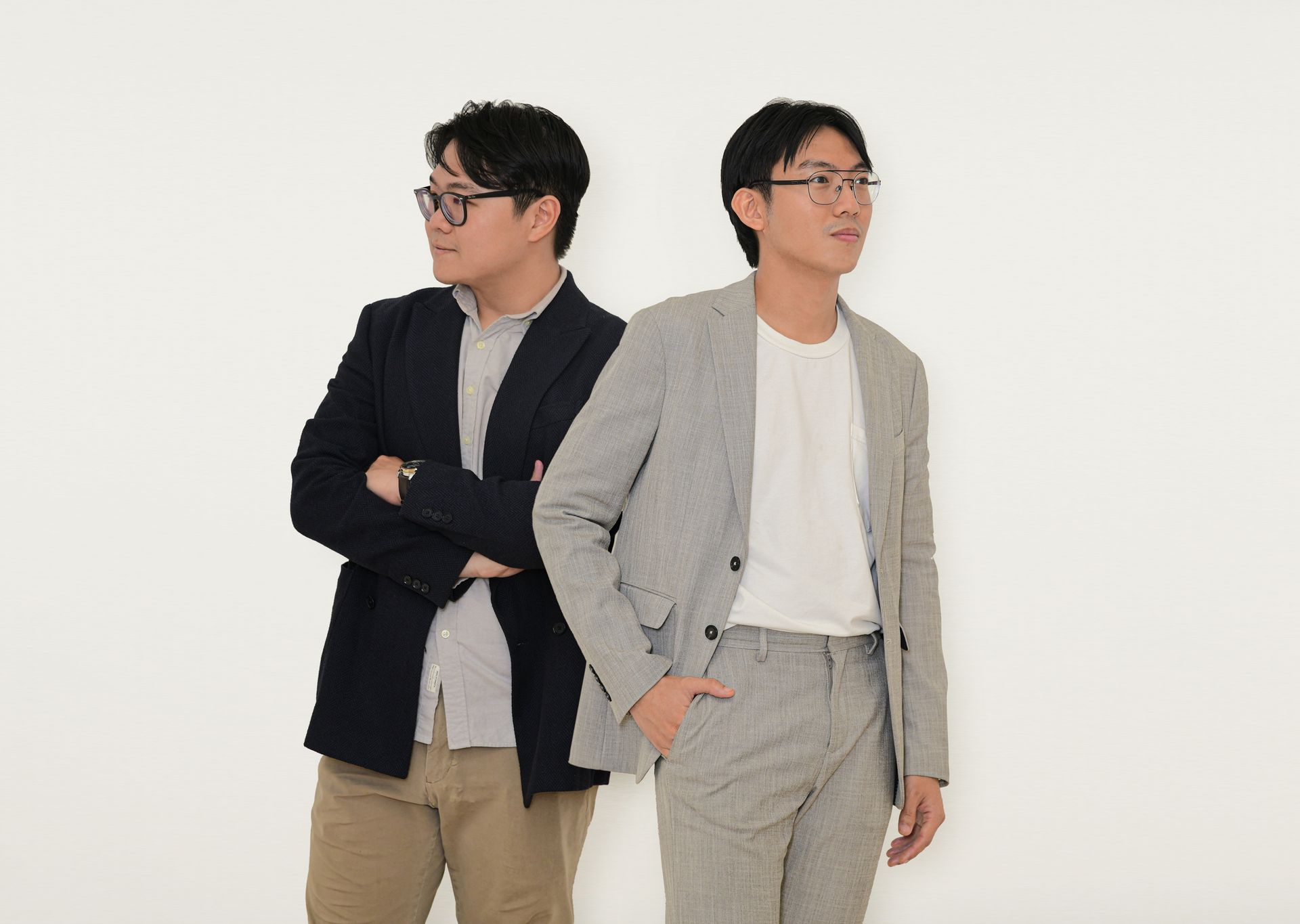
At M&O September 2025 edition, countless brands and design talents unveiled extraordinary innovations. Yet, among the many remarkable presences, some stood out in a truly distinctive way. G&G _ Magazine is proud to present a curated selection of 21 Outstanding Professionals who are redefining the meaning of Craftsmanship in their own unique manner, blending tradition with contemporary visions and eco-conscious approaches.

